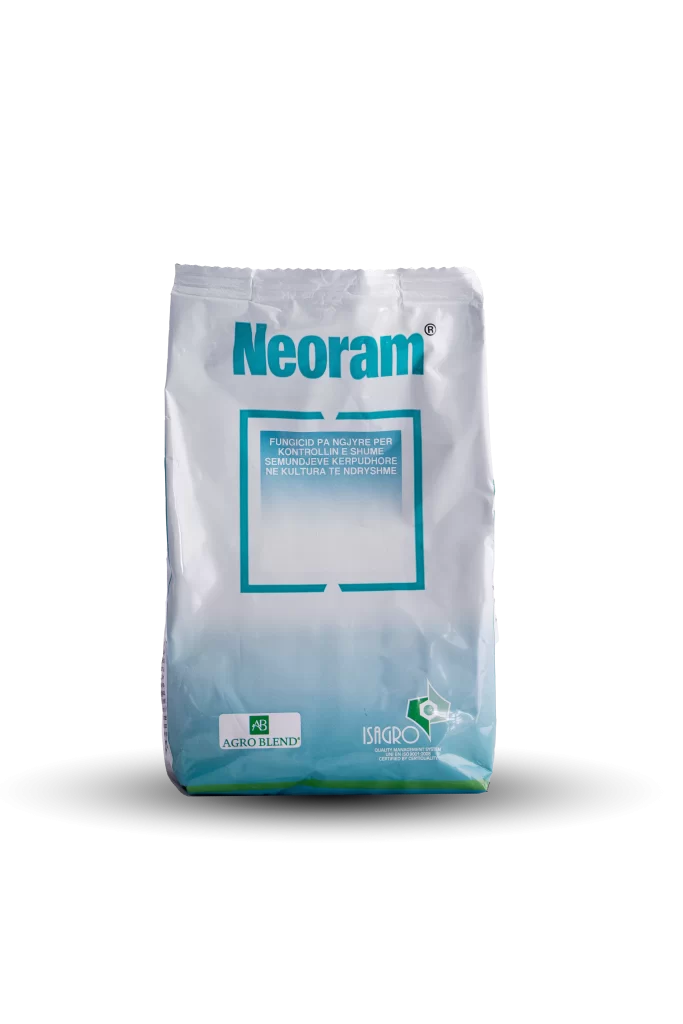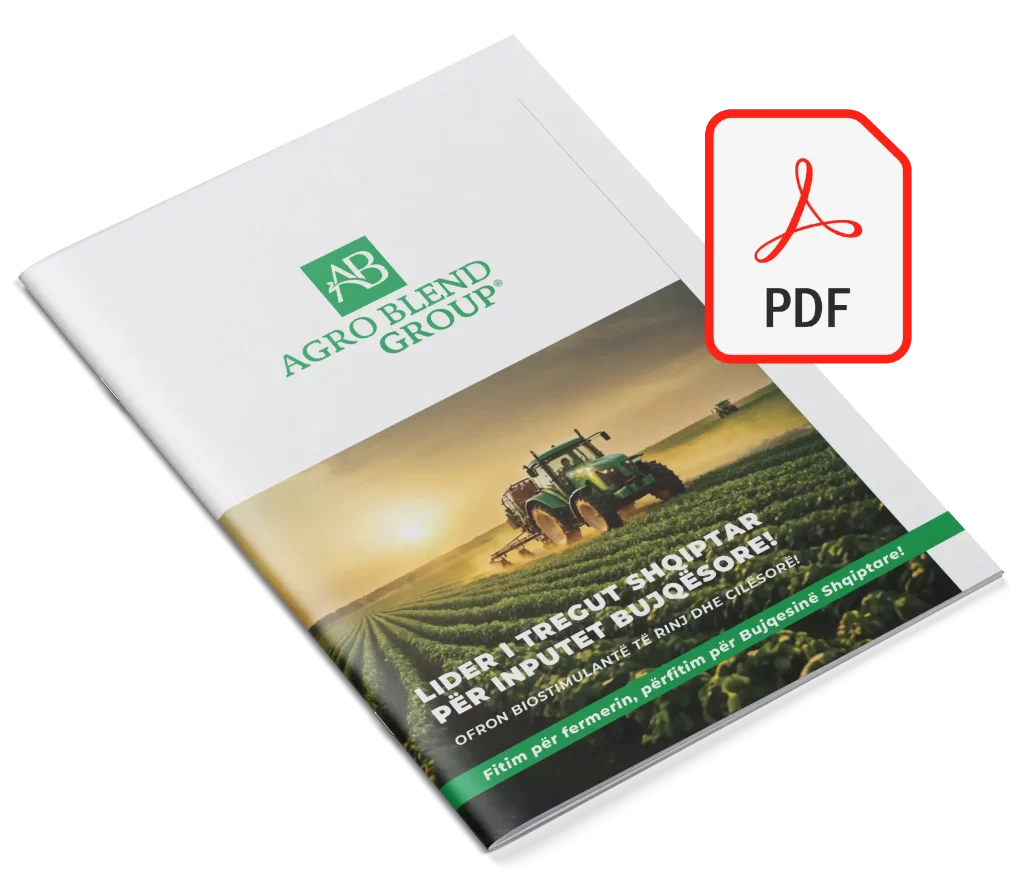
Formulation: Water-dispersible granules (WG).
Type: Protective fungicide with a high copper content and contact action.
NEORAM WG is a protective fungicide with a high copper content and contact action. It is used to control several fungal diseases in various agricultural crops, especially in vineyards and vegetables in both greenhouses and open fields.
Please consult the technical service for advice on specific crops and conditions.
Warning for use: It should not be applied during flowering. It should not be mixed with alkaline PMBs or those containing Thiram.
Phytotoxicity: In some cultivars of peaches, nectarines, apricots, and certain apple varieties (Abodanza, Golden Delicious, Gravenstein, Jonathan, Stayman, Reneta) and pears (Abate Fetel, Butirra Clairgeau, Passacrasan, William, Favorita di Clapp, Kaiser, Butirra Gifard), it may cause phytotoxicity if used during full vegetation. In these cases, it is recommended to apply when the plant’s lush vegetation begins to fall. However, when treating bacterial diseases, phytotoxicity becomes a secondary issue, and treatments should be carried out as indicated on this label. It is phytotoxic to cucurbits.
Impact on the ecosystem: H400: Very toxic to aquatic life. H410: Very toxic to aquatic life with long-lasting effects. Relatively toxic to bees. Harmful to livestock, therefore avoid grazing in areas treated with this product.
Withholding period: In vegetables, 3 days; in other crops, 20 days.
Storage: Store in dark, cool places in the original packaging at temperatures between 0°C and 35°C.
Use: In fruit trees, both pome and stone fruits:
In winter treatments:
For pome fruit, to control the winter phases of diseases such as scab, bacterial diseases (Pseudomonas syringae, Erwinia amylovora), and fungal cankers on branches (Nectria galligena, Phomopsis mali, Sphaeropsis malorum);
For stone fruits: to control twisted leaves and leaf curl, as well as other fungal diseases. Two preventive treatments are done: one before leaf fall and another during bud swelling.
The recommended dosage is 500-600g/100L of water during bud swelling and pink bud stage.
In vegetation: Used against the above diseases with a dosage of 200-250g/100L of water.
In vineyards: for controlling downy mildew, escoria, black rot, with a dosage of 200-300g/100L of water, and in cases of severe infestations, 250-400g/100L of water, treating throughout the entire vegetative phase, except during flowering.
In vegetables (in greenhouses and fields): for controlling mildew, alternariosis, and cladosporiosis, as well as preventing the spread of bacterial diseases like bird eye disease (Corynebacterium michiganense), bacterial necrotic spot (Pseudomonas syringeae), and bacterial black spot (Xanthomonas campestris).
Treatments are repeated every 7-10 days depending on climatic conditions and disease intensity. The recommended dosage is 250-350g/100L of water.
In citrus: for controlling Pseudomonas syringeae, mal secco, Phytophthora, anthracnose, with a dosage of 250-300g/100L of water.
In olives: for controlling olive fly, mildew, with a dosage of 250-350g/100L of water, applying early preventive treatments in spring.
In potatoes and tobacco: against downy mildew, with a dosage of 2.5-3kg/ha.
In strawberries: against neck rot, with a dosage of 200-300g/100L of water, starting early in the vegetation phase.
In ornamental plants: against anthracnose, mildew, rust, bacterial diseases, with a dosage of 200-300g/100L of water, starting early in the vegetation phase.
• Store in dry and cool places, away from food and beverages for humans, as well as feed for livestock.
• Avoid inhaling the product while preparing the spray solution and during spraying.
• P264: Wash hands immediately with plenty of water.
• P270: Do not eat, drink, or smoke during use.
• P101: If medical advice is needed, have the product container or label available.
• P102: Keep out of reach of children.
• P103: Read the label before use.
• P280: Wear protective gloves/protective clothing/eye protection/face protection.
• P501: Dispose of the contents/container in accordance with applicable regulations.
• EUH401: To avoid risks to human health and the environment, follow the instructions for use.
• P391: Collect and clean up spills.
| Active Ingredients | |
|---|---|
| Copper oxychloride | 50% |
| (metallic copper) | 37.5% |
Please consult the technical service for additional advice on compatibility.

For a list of all the products & information on their usage.